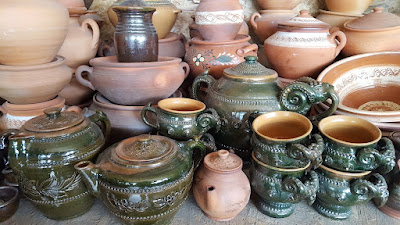Many glassy and crystalline ceramic materials have found use as optically transparent materials in a variety of forms ranging from bulk solid-state components to high surface area forms such as thin films, coatings, and fibres. Such devices are widely used in the electro-optical field for a variety of applications such as optical fibres for guided lightwave transmission, optical switches, laser amplifiers and lenses, hosts for solid-state lasers and optical window materials for gas lasers, and infrared (IR) heat seeking devices for missile guidance systems and IR night vision.
While single-crystalline ceramics are generally defect-free (especially at the spatial scale of the incident light wave), the amount of light scattered by polycrystalline materials is limited by the amount of light scattered by their microstructural features. As a result, the amount of light scattering is proportional to the wavelength of the incident radiation, or light.
Transparent ceramics are inorganic solid materials that allow desired wavelength transmission through them. They are used in scintillators, optical components, solid-state lasers, and nonlinear optics because of this optical property.
The global transparent ceramics market is segmented based on type, material, application, and geography. Based on type of transparent ceramics, the market is bifurcated into monocrystalline transparent ceramics and polycrystalline transparent ceramics. Material-based classification includes sapphire, yttrium aluminum garnet, spinel, and aluminum oxynitride. By application, the market is divided into optics & optoelectronics, aerospace, defense & security, mechanical/chemical, sensors & instrumentation, healthcare, consumer goods, and energy. Monocrystalline transparent ceramics are widely used in radiation detection, particle detection, X-ray devices used for security reasons, gas exploration, optics, and electronics, as they are single crystals of a characteristic crystal lattice, which are free from surface defects and internal pore irregularities.
Leading players in the global transparent ceramics industry have adopted product launch, acquisition, and expansion strategies to gain an additional market share. These key strategies are gathered from press releases, annual reports of market players, and primary calls made to industry experts. Market players profiled in this report are transparent ceramics manufactures and distributors.












